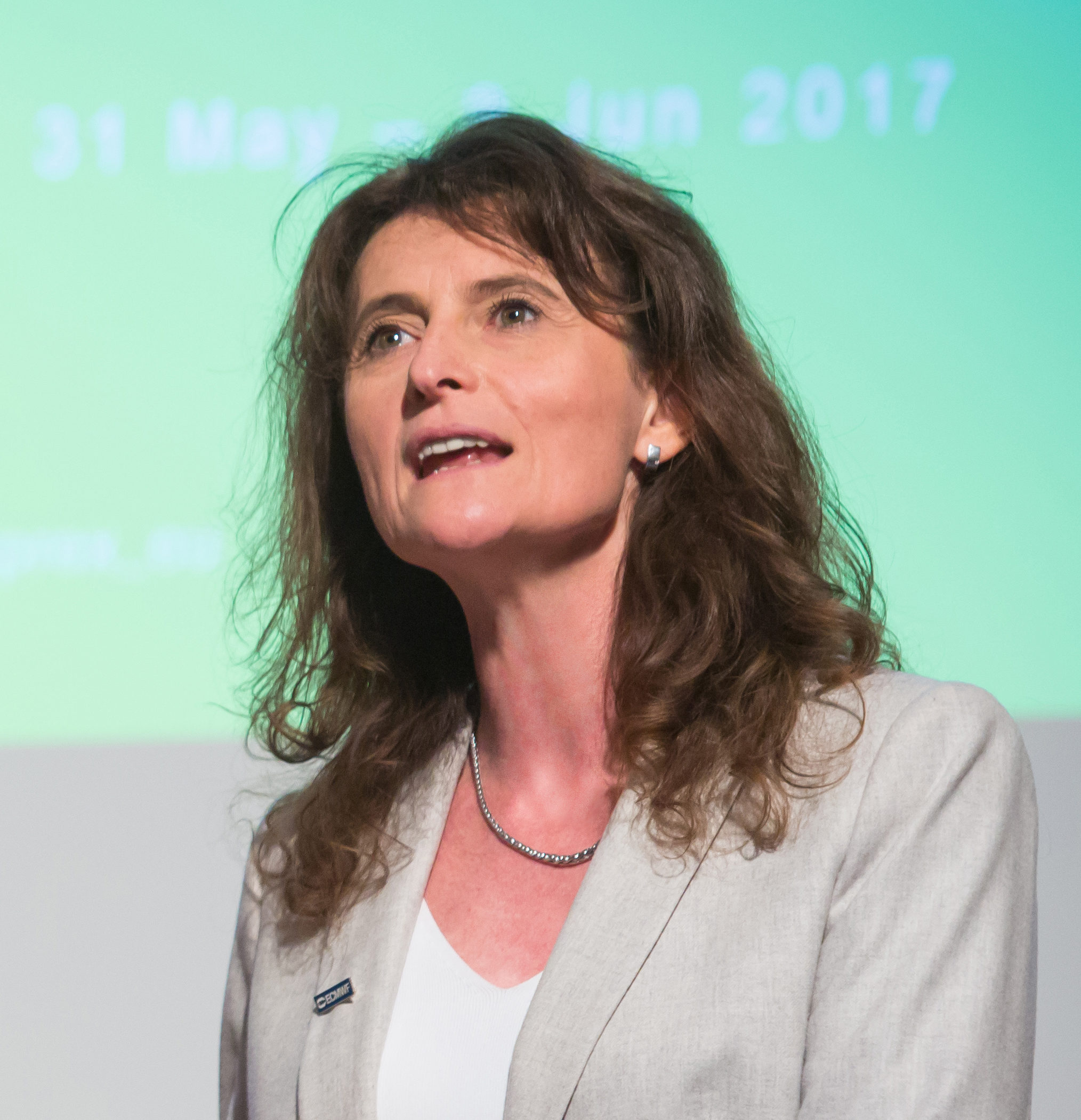 As I write this, work is under way on several fronts that underlines the importance of computing for ECMWF. In Bologna, Italy, we are beginning to take our new high-performance computing facility (HPCF) into operations; the European Weather Cloud, ECMWF’s and EUMETSAT’s cloud infrastructure that can be used to run workflows close to the latest data, has entered its pre-operational phase; we are one of the organisations implementing WEkEO, the European Commission’s initiative to provide a single access point to all Copernicus data and information; and our EU-funded Copernicus Climate Change Service (C3S) and Copernicus Atmosphere Monitoring Service (CAMS) have developed their own databases, the Climate Data Store (CDS) and the Atmosphere Data Store (ADS), to access and process the data made available through those services. Many more activities are under way at ECMWF to make optimal use of computing resources. All of this underlines the central role of computing in everything that we do, including of course our core mission, numerical weather prediction (NWP): the two have always gone hand in hand. To be blunt, NWP would not be possible in today’s shape if the last few decades had not seen huge advances in supercomputing.
As I write this, work is under way on several fronts that underlines the importance of computing for ECMWF. In Bologna, Italy, we are beginning to take our new high-performance computing facility (HPCF) into operations; the European Weather Cloud, ECMWF’s and EUMETSAT’s cloud infrastructure that can be used to run workflows close to the latest data, has entered its pre-operational phase; we are one of the organisations implementing WEkEO, the European Commission’s initiative to provide a single access point to all Copernicus data and information; and our EU-funded Copernicus Climate Change Service (C3S) and Copernicus Atmosphere Monitoring Service (CAMS) have developed their own databases, the Climate Data Store (CDS) and the Atmosphere Data Store (ADS), to access and process the data made available through those services. Many more activities are under way at ECMWF to make optimal use of computing resources. All of this underlines the central role of computing in everything that we do, including of course our core mission, numerical weather prediction (NWP): the two have always gone hand in hand. To be blunt, NWP would not be possible in today’s shape if the last few decades had not seen huge advances in supercomputing.
Several articles in this Newsletter highlight the importance of computing. One is on our new data centre in Bologna. Work on the data centre is now complete, and testing of the new HPCF has begun. The new electrical and mechanical systems of the data centre have been designed to ensure resilience and reliability. Redundancy ensures that in the event of failures or maintenance activities, the power supply and cooling to the computer rooms is guaranteed. The data centre forms part of a wider Bologna Tecnopolo, which will host several new supercomputers and gives ECMWF enough flexibility to meet future expansion requirements. Another article explores the Aviso service for notifications of the availability of ECMWF data on the European Weather Cloud, including three workflows that have already been implemented by Member State users. A third describes new data exploration functions in ECMWF’s Metview software.
Other articles highlight the collaborative nature of much of our work. They include an overview of our involvement in the SouthEast European Multi-Hazard Early Warning Advisory System (SEE-MHEWS-A) project, which aims to strengthen the existing early warning capacity in the region. There is also an article on ten years of OpenIFS at ECMWF, an initiative to provide and support versions of the IFS for research, education and training by Member and Co-operating States and academic institutes. What they make clear is that much of ECMWF’s strength is derived from our active participation in the wider Earth system science communities and from our openness to new developments in that area.
Florence Rabier
Director-General

